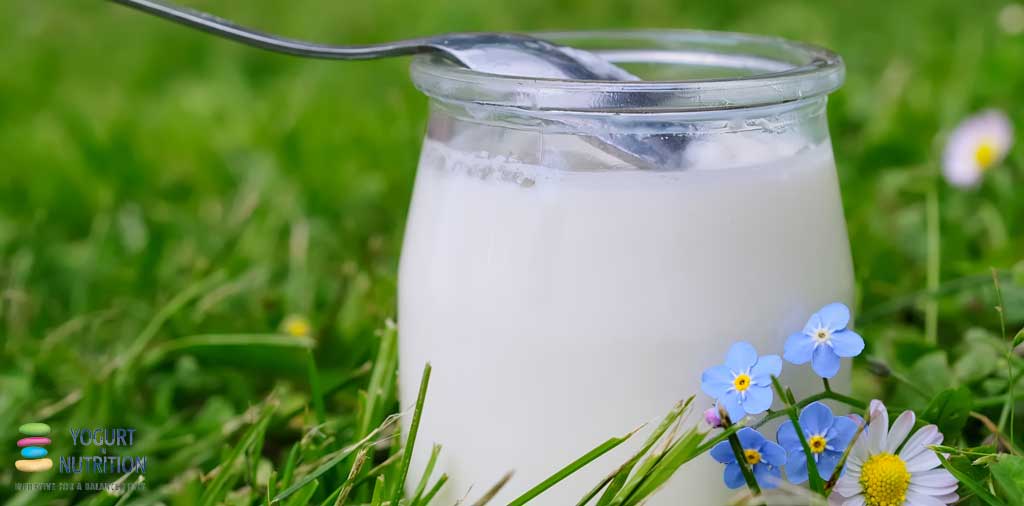Ensuring sustainability of the human diet for our future generations requires foods and dietary patterns to be nutrient-rich, affordable, culturally acceptable, and sparing of natural resources and the environment. Milk, yogurt and other dairy products meet many of these needs.
Issues to be considered when assessing the sustainability of foods and dietary patterns are nutrition, economics, society and the environment. Sometimes these clash, and some trade-offs need to be made, says the author of this article. For example, what is healthiest for people may not be what is best for the environment, and vice-versa.
Using various sustainability measures, the author explains which foods and dietary patterns offer most advantages.
Dairy products are nutrient-rich with low energy density
Energy-dense foods contain more calories than nutrients, whereas nutrient-rich foods contain more nutrients than calories. Qualifying nutrients include protein, fibre, vitamins (A, C and E), calcium, iron, potassium and magnesium. Saturated fat, added sugar and sodium are nutrients that should be limited. However, the status of saturated fat may need to change in the light of recent research suggesting that dairy saturated fatty acids do not increase the risk of heart disease and stroke.
Animal-sourced foods have a greater ratio of protein to calories (protein density) than plant-based foods.
Milk and dairy products, including yogurt, provide relatively more nutrients – notably protein and calcium – than calories. Dairy products are an important source of several micronutrients, including calcium, phosphorus, magnesium, zinc, iodine, potassium and vitamins A, D, B2 and B12. Low-fat milk and low-fat yogurt have particularly high nutrient density. Although cheese is high in protein and calcium, its nutrient-density status is lower due to its sodium and saturated fat content.
Dairy products are cheaper than meat and more widely accepted
Providing nutritious foods at low cost is a challenge. Nutrient-rich foods (e.g. meat, poultry, fish, dairy) are generally more expensive than energy-dense foods (e.g. grain snacks, sweets, chocolate, fats and oils).
Milk and dairy products cost less than meat, poultry and fish. As well as providing high-quality protein, milk and dairy products meet calcium requirements more cheaply than any other food group.
Global food patterns are shifting from plant proteins to animal proteins. Tradition, religion and culture may influence food choices, particularly in terms of sources of protein. In some countries, milk and dairy products may be preferred to meat as a source of protein.
Modern dairy farming aims to lower the carbon footprint
Food production, distribution and storage create greenhouse gas emissions. Plant-based foods have a lower environmental impact than animal-sourced foods (on a unit-weight basis), but this is offset by their lower nutrient density.
The environmental impact of dairy farming should be weighed against the high nutrient density of milk, yogurt and cheese compared with plant-based foods, the author concludes.
Find out more: read the original article.



